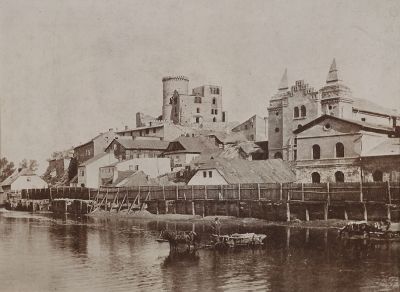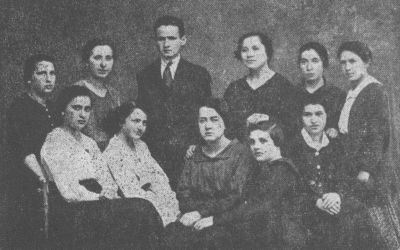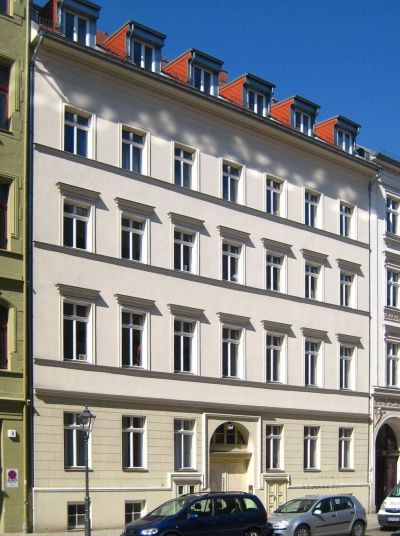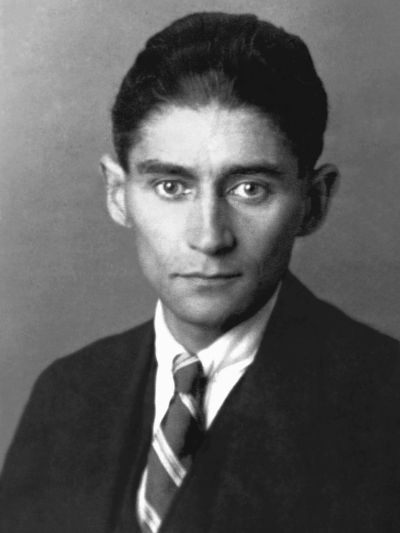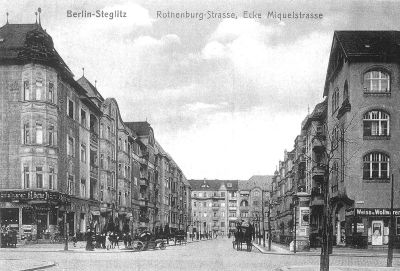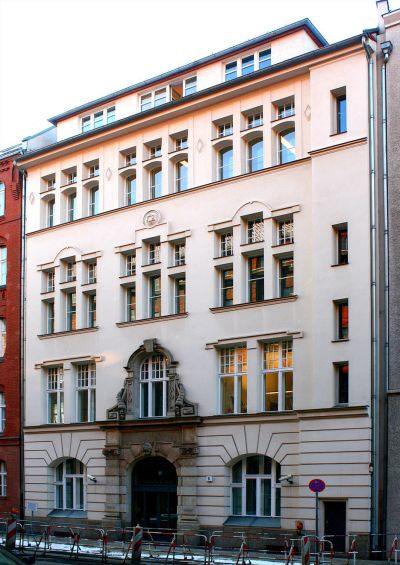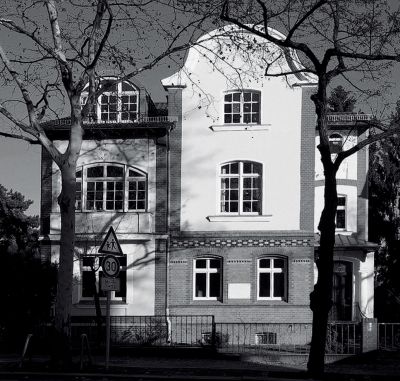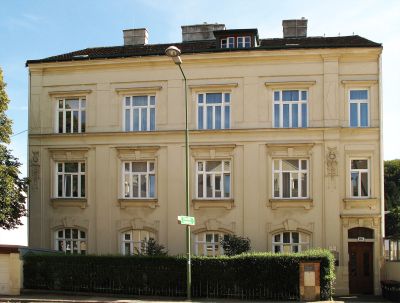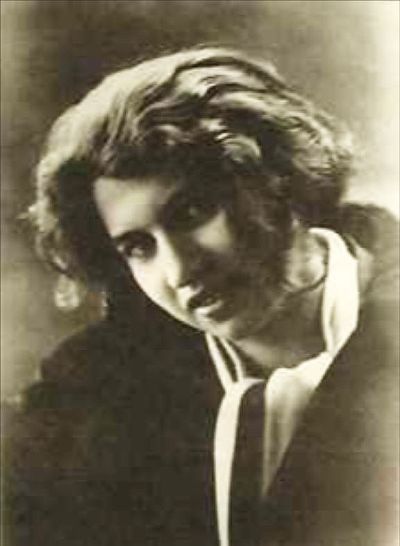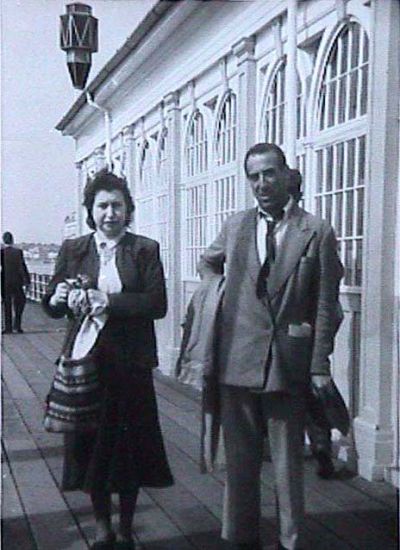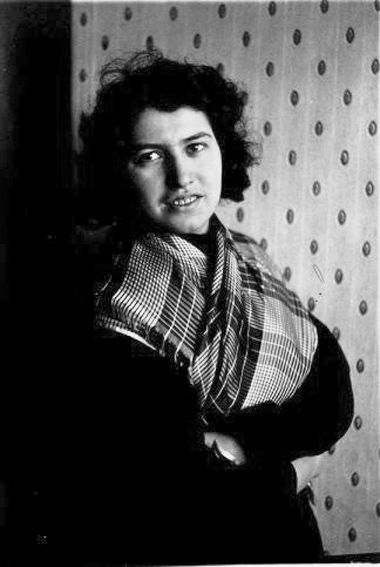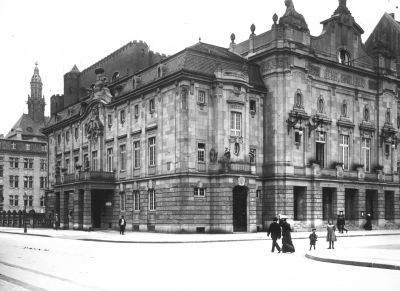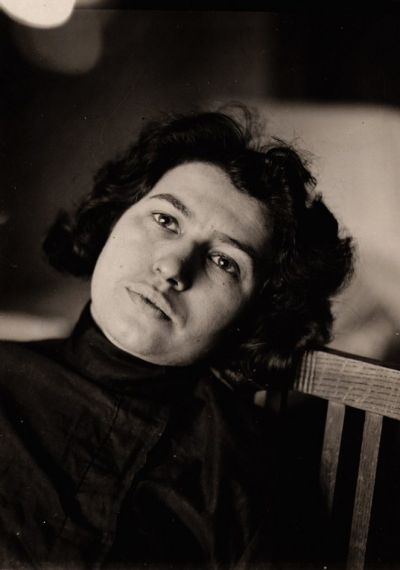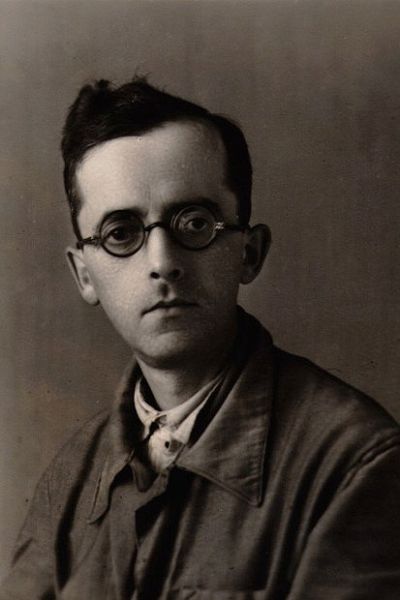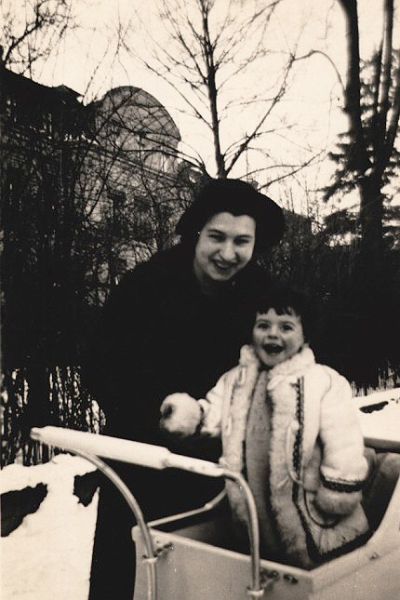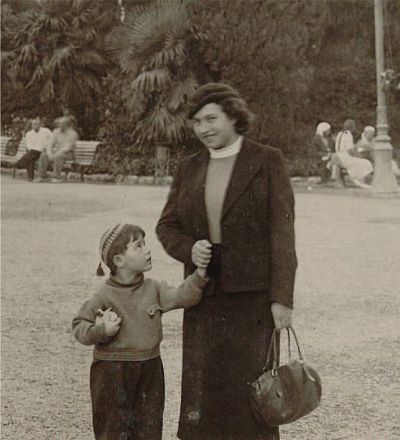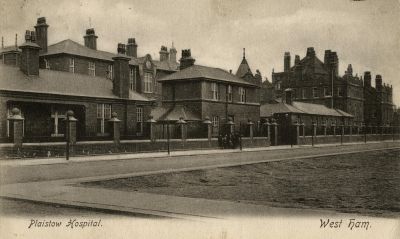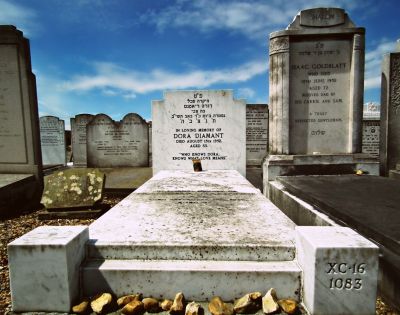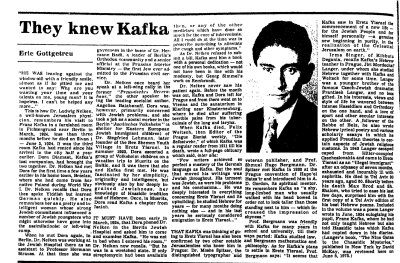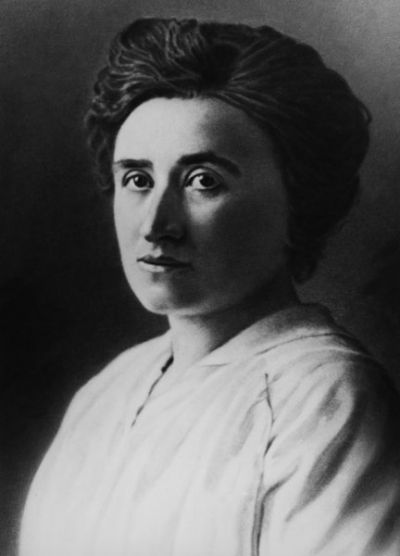Dora Diamant – activist, actress, and Franz Kafka’s last companion
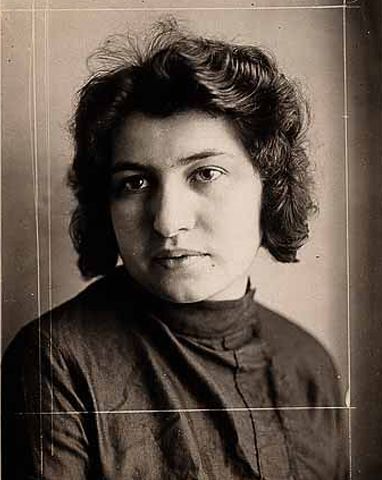
A new life in Berlin
In 1920, Dora Diamant travelled to Berlin, where she became part of the Jewish community. As she later wrote in her “diaries”, she felt “intoxicated by Germany”.[38] Nelken, who was by now employed as an assistant physician at the Jewish Hospital (Jüdisches Krankenhaus) in Berlin, later remembered that Diamant worked as a child minder in the household of Hermann Badt (1887–1946), a Prussian ministerial counsellor from Breslau.[39] Badt worked for the Interior Ministry, represented the SPD in the Prussian state parliament (Preußischer Landtag) from 1922, and in the pre-war years was actively involved in the Zionist movement. Later, Diamant worked as a dressmaker in an orphanage in Charlottenburg, where she also lived.[40] According to Nelken, she spoke at a “left-wing” rally in the building of the former Prussian upper chamber of parliament (Preußisches Herrenhaus), at which the socialist politician living in Italy, Angelica Balabanova (1869–1965), also gave a speech. However, in Nelken’s account, Diamant was primarily interested in Jewish issues, and took up employment as a social worker in the Jüdisches Volksheim, which took in children of Jewish immigrants from eastern Europe. One of Diamant’s role models in Berlin was the communist Reichstag member and women’s rights campaigner, Clara Zetkin (1857–1933),[41] with whom Balabanova organised women’s congresses.
Diamant learned about the activities of the Volksheim shortly after arriving in Berlin, and offered her services as a kindergarten teacher, or “Fröblerin”. Her approach to teaching was based on the principles of the German educator Friedrich Fröbel (1782–1852), which she had learned during her training in Krakow and which were applied in kindergartens in Austria-Hungary.[42] However, her real interest lay in a project to prepare the children for a move to Palestine: “She passionately believed in the need for a Jewish homeland in Palestine, in Eretz Israel, the Promised Land. In her daydreams, she said she frequently saw herself ‘in the fields of Galilee’, in a kibbutz, working and living side by side with other free Jews, men and women from all countries, cultivating moors and wasteland, planting gardens and creating a safe, just world for her future children and grandchildren”.[43]
The Jüdisches Volksheim (Fig. 3) was founded in 1916 by the Berlin physician and educator Siegfried Lehmann (1892–1958) in Dragonerstrasse 22.[44] It was funded by Max Brod, the religious philosopher Martin Buber (1878–1965), the anarchist writer Gustav Landauer (1870–1919, murdered), the businessman, factory owner and art collector Siegbert Samuel Stern (1864–1935) and the Berlin Rabbi Malwin Warschauer (1871–1955). The aim was to offer a Jewish upbringing, further and general education, sports activities and music lessons to children and adolescents from the impoverished homes in the Scheunenviertel district of Berlin, which were overflowing with Jewish refugees from Galicia and Silesia. Evening activities were also offered for mothers, as were medical and legal advice.[45]
The daily routine in the People’s Home was divided into playtime for the children in the morning, followed by afternoon group activities (“Kameradschaften”) for girls and boys, clubs for young girls and apprentice clubs with male adolescents in the evening. Groups for children and boys were kept busy with Fröbel-inspired tasks such as basket weaving, handicrafts with cardboard and clay, and also Hebrew children’s songs and dance games. Other days were “dedicated to the reading and telling of fairytales, legends and life experiences”. Older boys were taught carpentry, bookbinding and metalworking, while the girls learned sewing and handicrafts, and sang in a choir once a week.[46] According to the account, the Volksheim gave Diamant “a sense of community and family”.[47] She had grown up with the “Hasidic traditions and stories from east Jewish mysticism” and “her language and manner of expression was characterised by the phrases and old Jewish allegories of her grandmothers”. Later, she would enchant Kafka every evening with the “bubbe meises”, the fairytales and folk legends of the old Jewish women.[48]
When Kafka (Fig. 4) and Diamant met for the first time in the Jewish holiday home in Müritz on the eve of the Sabbath on 13 July 1923, it soon became clear that for him, the young woman embodied many aspects of Jewish life in which he had been interested for some time. While she had already learned Hebrew in her childhood by listening in while her brothers were taught in the cheder school, for Kafka, learning the language was a painful process that had only begun in 1917, the year in which he was diagnosed with tuberculosis. In the following year, he and Brod learned Hebrew in the literary Prague Circle (Prager Kreis),[49] together with their friend since 1904, the journalist Felix Weltsch (1884–1964). At that time, Diamant was already able to read passages from the Bible in the original. She came from the Będzin theatre group, while in 1910, he had been delighted to discover an eastern Jewish theatre company in the “Café Savoy” in Prague. Through the company, he and Brod had immersed themselves “into what for us was a new world of eastern Jewish people’s strength”, which in turn caused Kafka to study Jewish history and Yiddish literature.[50]
Through Diamant, Kafka finally acquired a personal connection to the Jüdisches Volksheim, the aims and work of which he had heard about from Brod and their mutual long-term acquaintance, Martin Buber. He had urgently advised his previous fiancée, Felice Bauer (1887–1960) to work in the Volksheim as a “path to spiritual liberation”.[51] Following his advice, Bauer then began to organise literature classes for girls at the home. Now, from Müritz, Kafka wrote to his Prague schoolfriend Hugo Bergmann (1883–1975), who by now worked as a librarian at the Hebrew National Library in Jerusalem: “When I look through the trees, I can see the children playing. [...] Eastern Jews, saved from danger in Berlin by western Jews. For half the days and nights, the house, the forest and the beach are full of song. When I am among them, I am not happy, but on the threshold of happiness. [...] Today, I shall celebrate Friday evening with them, I think for the first time in my life.”[52] Bergmann, a pupil of Buber who was also a friend of Weltsch and Brod, had explained the concept of Zionism to Kafka. Now, Kafka and Diamant dreamed of leaving for Palestine together. From that time on, they were inseparable: “Franz helps peel potatoes in the People’s Home in Müritz. The night on the landing stage. On the bench in the Müritz forest”, Diamant noted in her “diary” during the final days of her life.[53]
On 6 August 1923, Kafka left Müritz, spent two days in Berlin, and then, severely ill, embarked on the train journey to Prague. For about a month, Diamant continued to work at the holiday home in Müritz. At first, Kafka continued his study of Hebrew in Prague, and developed an interest in Jewish prayer rituals. During this time, his weight went down to below 60 kilograms. His sister Ottla then took him to a country residence in the village of Schelesen/Želízy, to the north of Melnik/Mělník on the river Elbe, where Kafka had already been three times to convalesce since falling ill with the Spanish flu in 1918. In the interim, Diamant began looking for a place for them both to live in Berlin, as planned. She finally found a large, bright, furnished room with a kitchen and own bathroom, bay windows and a veranda on the third floor of the corner house of what was then Miquelstraße 8, near Steglitz town hall (Fig. 5).[54] While she wrote Kafka “enthusiastic and encouraging” letters up until September, he remained in Schelesen, struggling to recover his health.[55]
[38] Quoted from Kathi Diamant 2013 (see Bibliography), page 50.
[39] Gottgetreu 1974 (see note 37).
[40] Kathi Diamant 2013 (see Bibliography), page 28.
[41] Ibid., page 27.
[42] Ibid., page 26, 49.
[43] Ibid., page 26.
[44] Today Max-Beer-Straße 5. Several websites contain articles about the former Jüdisches Volksheim in Berlin; including: Arbeitskreis Jüdische Wohlfahrt (also on Dora Diamant), https://akjw.hypotheses.org/946, and: Jewish Museum Berlin, https://www.jmberlin.de/berlin-transit/orte/juedischesvolksheim.php (both last accessed on 4/8/2023).
[45] Siegfried Lehmann: Postscript. Über jüdische Erziehung, in: Das Jüdische Volksheim Berlin. First report, May/December 1916, self-published, Berlin 1916, page 17 f., https://archive.org/details/JudischeVolksheimBerlin/page/16/mode/2up (last accessed on 4/8/2023). The five patrons are named on a separate dedication page.
[46] Ibid., page 6–11.
[47] Kathi Diamant 2013 (see Bibliography), page 25.
[48] Ibid., page 33–35.
[49] Miriam Singer: Hebräischstunden mit Kafka, in the collected volume of Hans-Gerd Koch: “Als Kafka mir entgegen kam …” 1995 (see Bibliography), page 140–143. In 1922, Kafka, by now physically weakened, again began to study Hebrew more intensively. In the words of his Palestine-born Hebrew teacher, Puah Ben-Tovim (1904–1991): “Between 1917 and 1923, Kafka gradually began to become aware of his Jewishness. [...] I also think that he felt so attracted to Dora Diamant largely because she came from an ultra-conservative Hasidic family. He wanted to know everything about the life of the pioneers in Palestine [...] Studying Hebrew offered him the opportunity to forge an at least symbolic connection to Palestine [...] I was already living in Berlin when Kafka wanted to visit me in a summer holiday camp in Eberswalde where I worked [...] Kafka asked me to start teaching him Hebrew again, and I gave him five or six lessons. Then I realised that in fact, this could also be done by Dora, who had a good basic knowledge of the language). (Pouah Menczel: J’Etais Professeur D’Hebreu de Kafka, in: Libération, Paris, 2-3/7/1983, page 19 f.; published again as Puah Menczel-Ben-Tovim: Ich war Kafkas Hebräischlehrerin, in the collected volume of Hans-Gerd Koch: “Als Kafka mir entgegen kam …” 1995 (see Bibliography), page 165–167.
[50] Brod 1962, German language edition, page 135–137. For her part, Dora Diamant noted the following in her records in around 1950 under the title “From Franz’ Quartheften. 3/10/1911. Last lines of entry”: “The first direct encounter with the eastern Jewish world through Löwy’s theatre group. With the performance, ‘Der Meschumed‘ by Lateiner’ having made an impression on him”, there follows a word-for-word quote from Kafka’s diaries [“Quartheften”] dated 8/10/1911: “My wish is to see a great Yiddish play, since the performance may have suffered from the small number of people involved and the imprecise production. Also, the wish to know Yiddish literature, which evidently has the nature of an uninterrupted national fighting position...”; quoted from Kathi Diamant 2013 (see Bibliography), page 394.
[51] Franz Kafka to Felice Bauer, 12/9/1916, in: Franz Kafka: Briefe an Felice und andere Korrespondenz aus der Verlobungszeit, Frankfurt/Main 1976, page 696 f.
[52] Franz Kafka to Hugo and Else Bergmann, Müritz, 13/7/1923, in: Franz Kafka: Briefe 1902–1924, Frankfurt/Main 1975, page 436 f.
[53] Dora Diamant: Chronologische Initialien, in: Kathi Diamant 2013 (see Bibliography), page 405.
[54] Now Muthesiusstraße 20–22; see Sarah Mondegrin: Kafka in Berlin. Das vergessene Haus, in: “Tagesspiegel”, 2/12/2012, https://www.tagesspiegel.de/kultur/das-vergessene-haus-2246500.html (last accessed on 4/8/2023). The landlady, Clara Hermann, was deported to the Theresienstadt ghetto in 1942, where she died on 19 March 1943. In 2015, a “stumbling stone” (Stolperstein) was set in front of the house at Muthesiusstraße 20 in her memory. https://www.stolpersteine-berlin.de/de/muthesiusstrasse/20/clara-hermann (last accessed on 4/8/2023).
[55] Kathi Diamant 2013 (see Bibliography), page 50–56.
